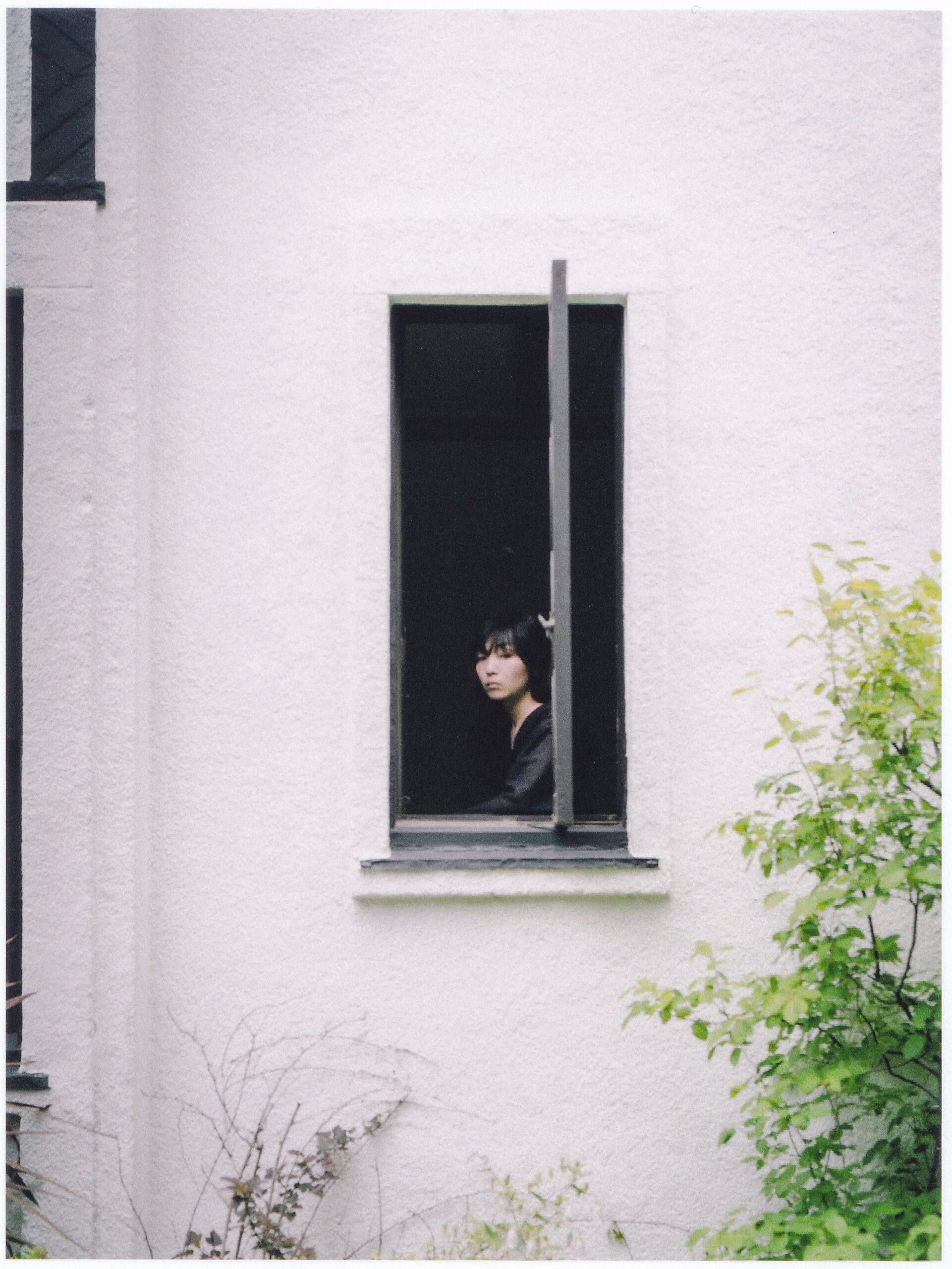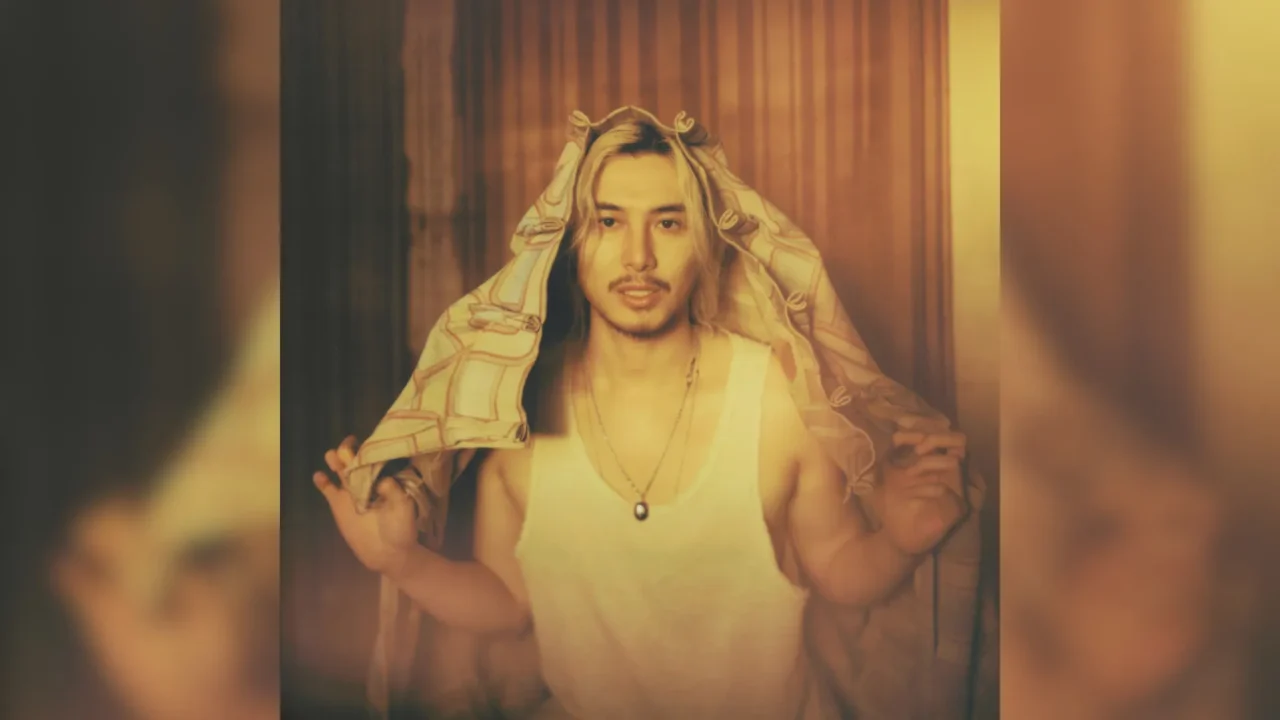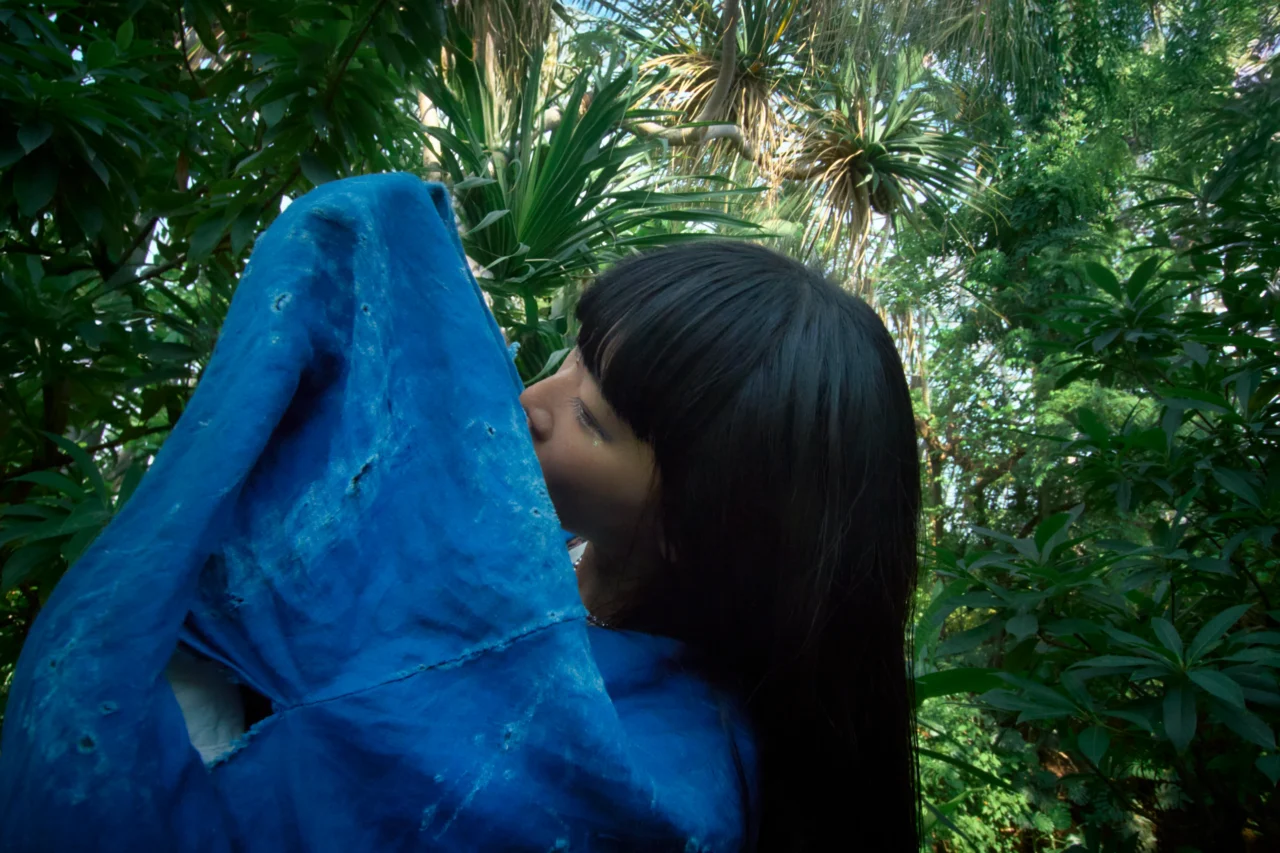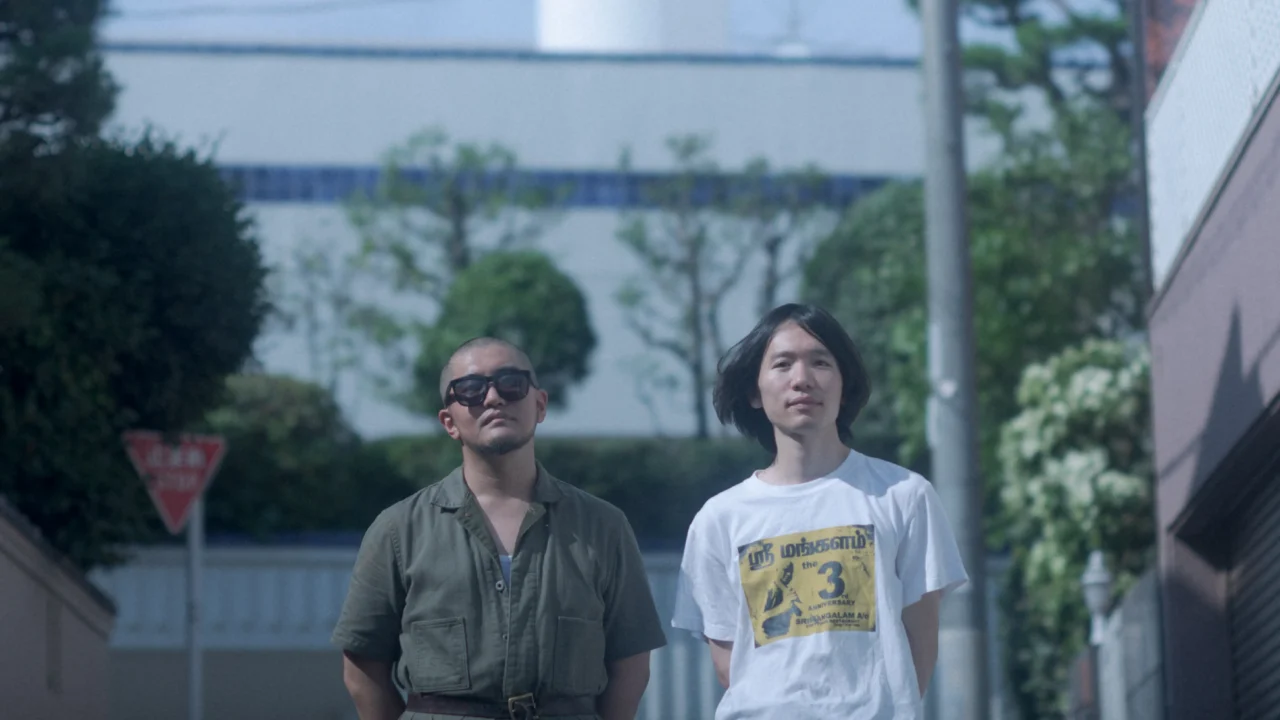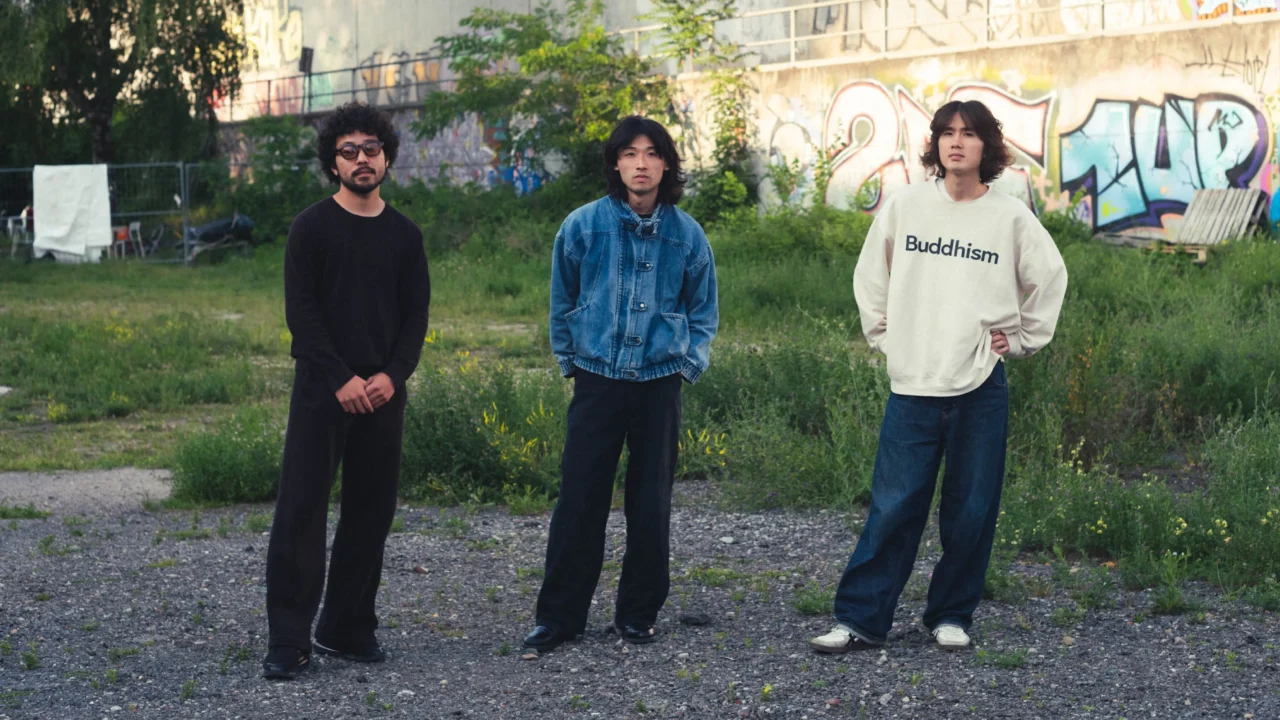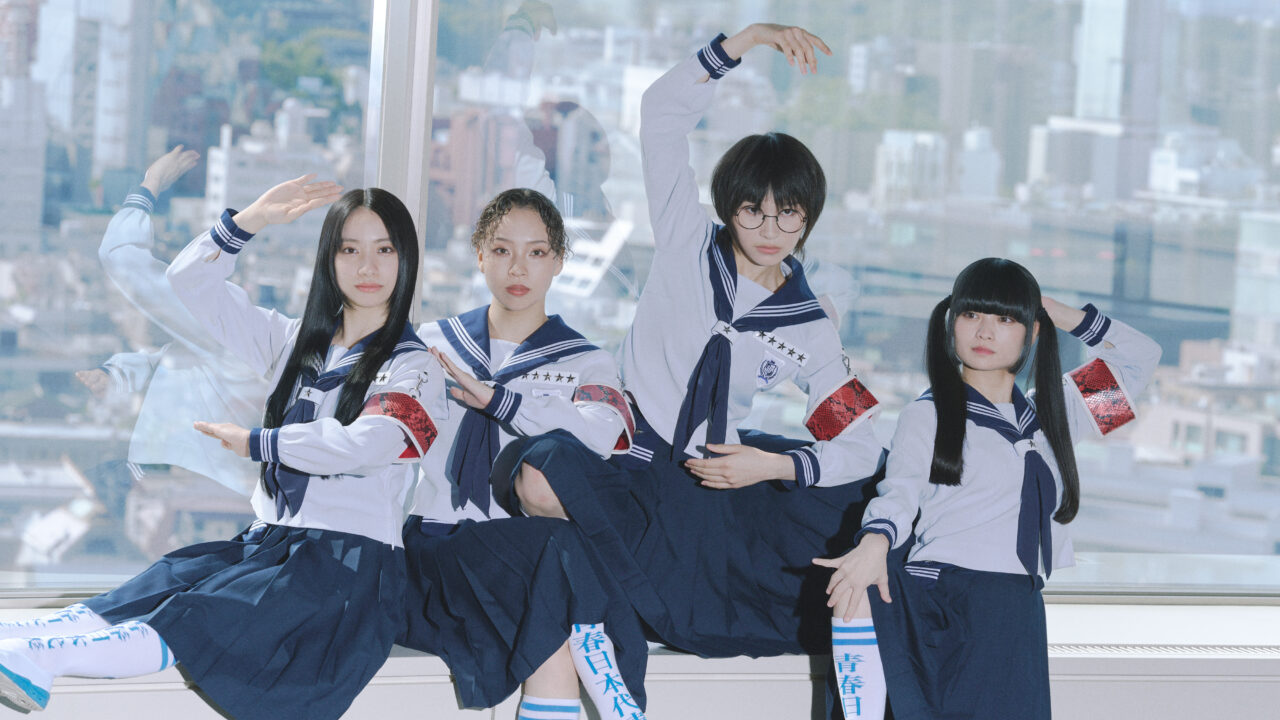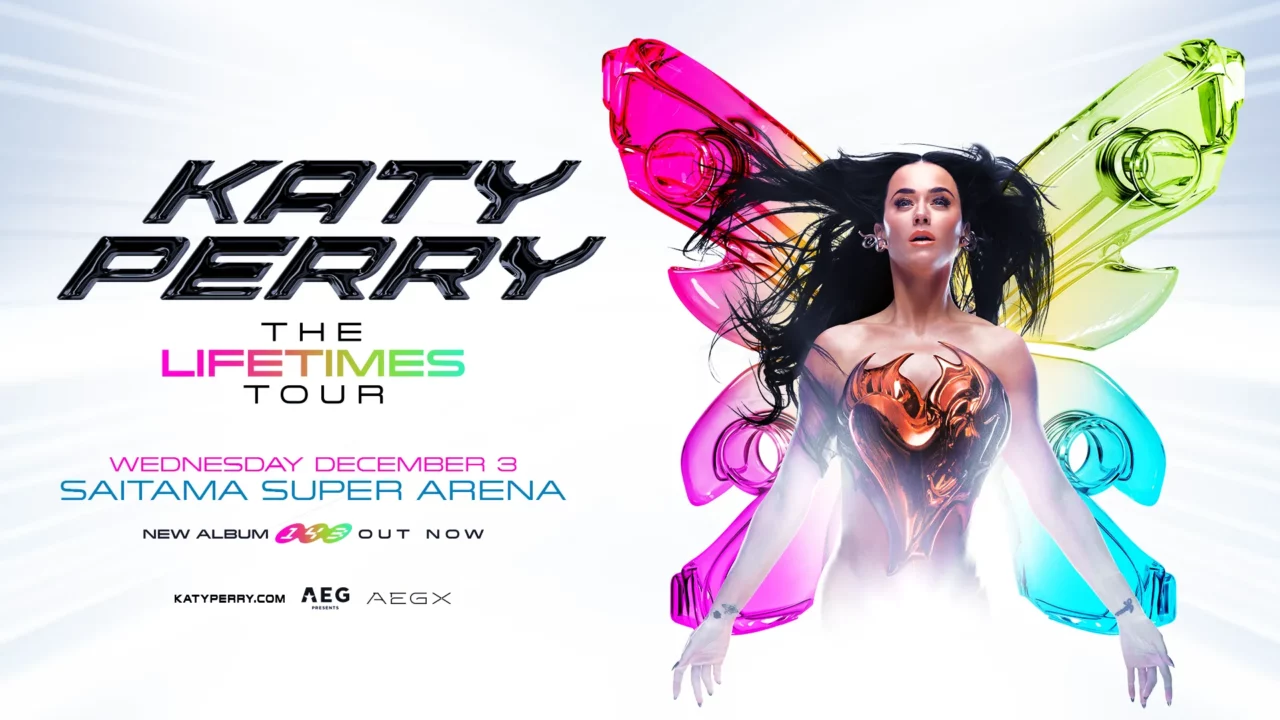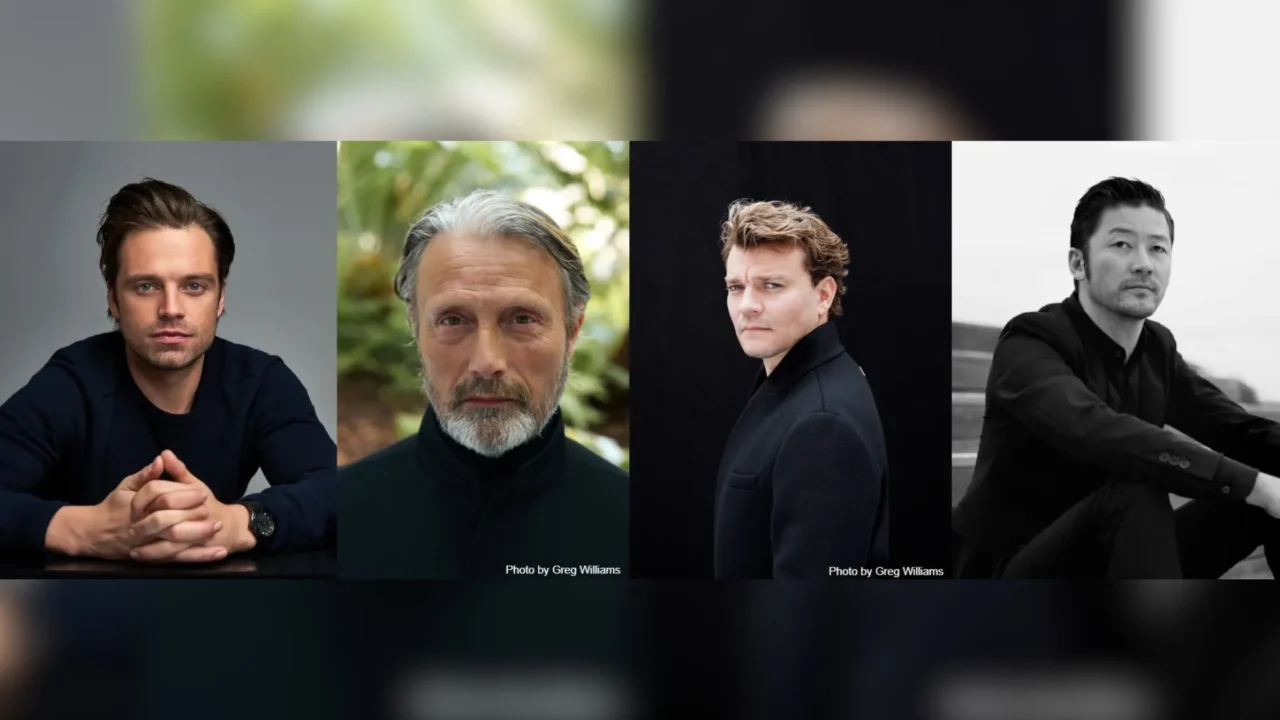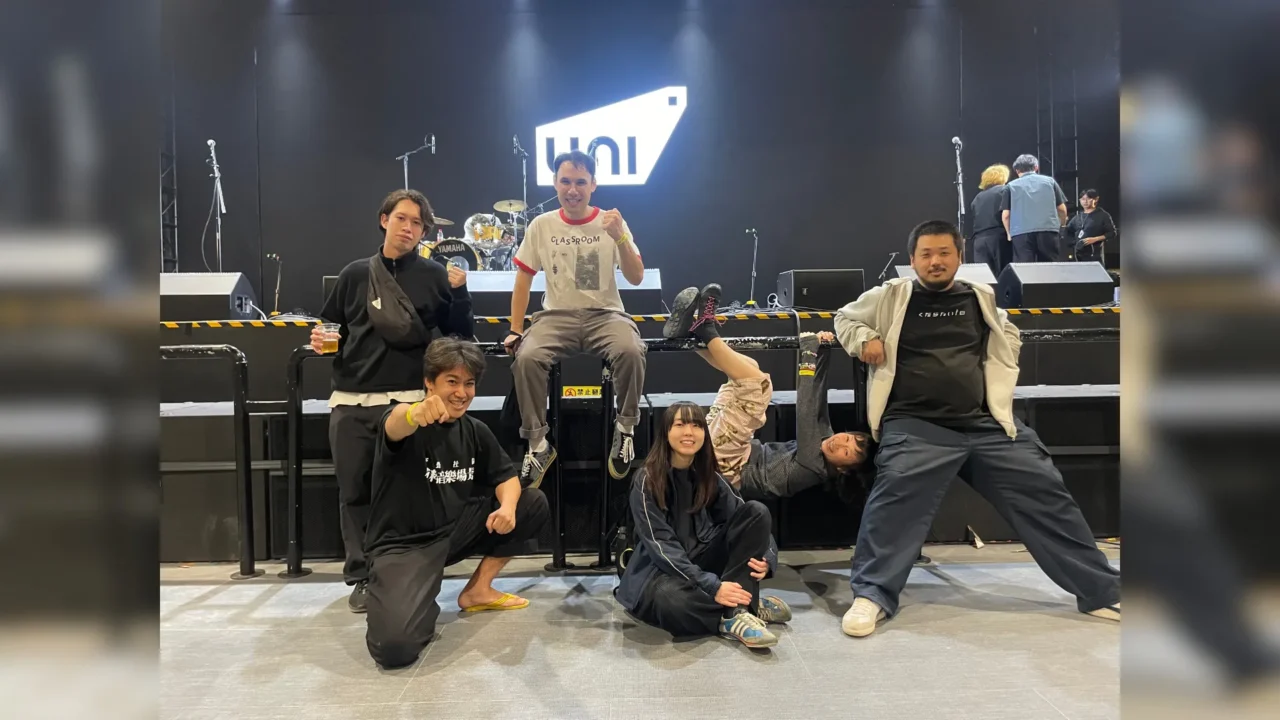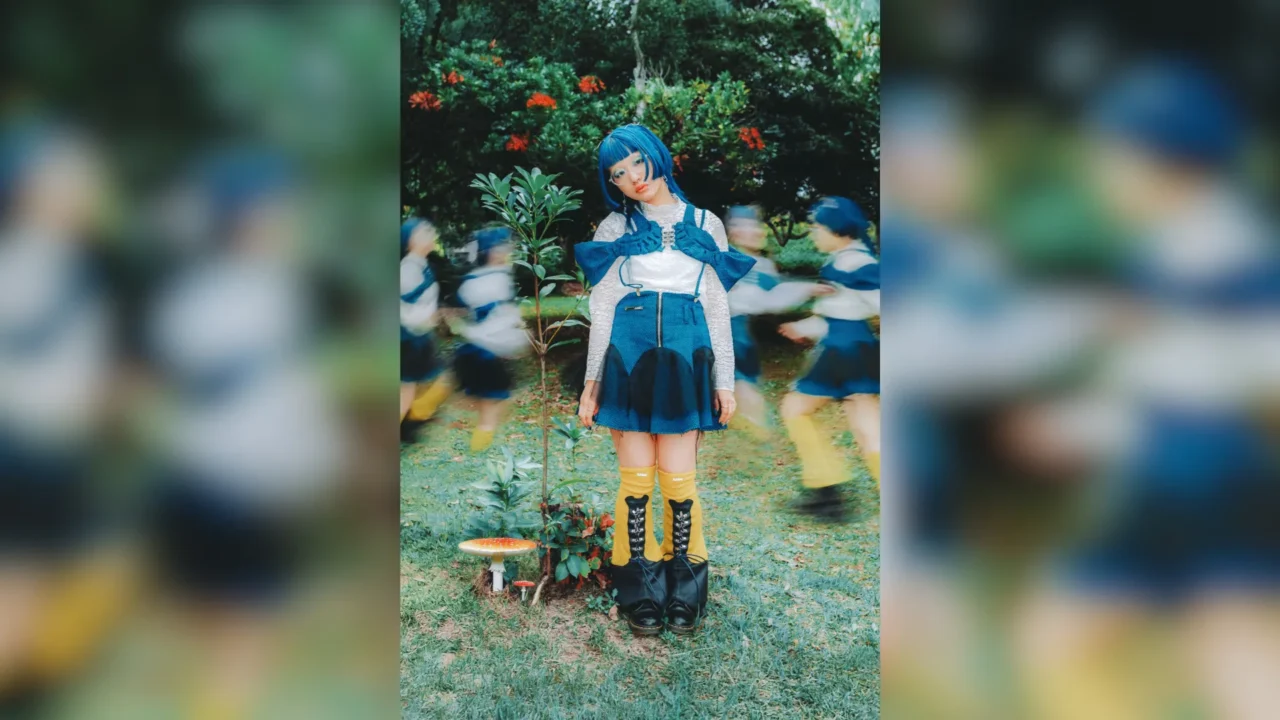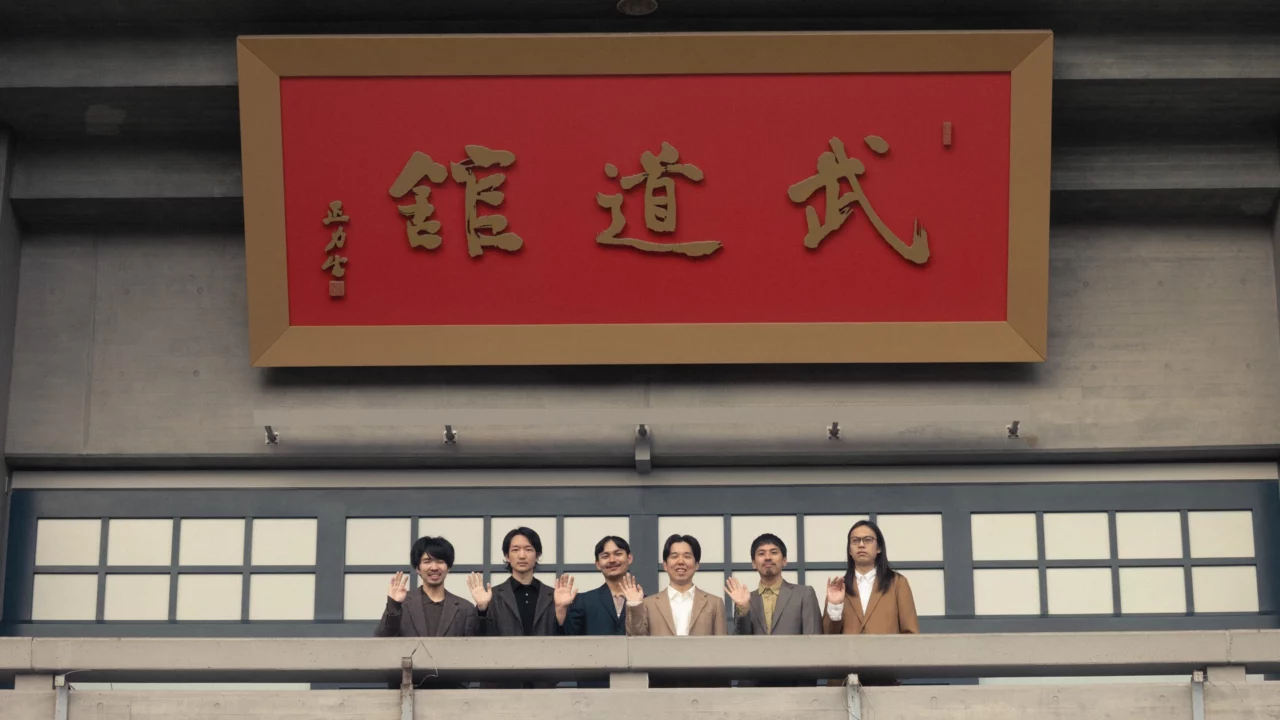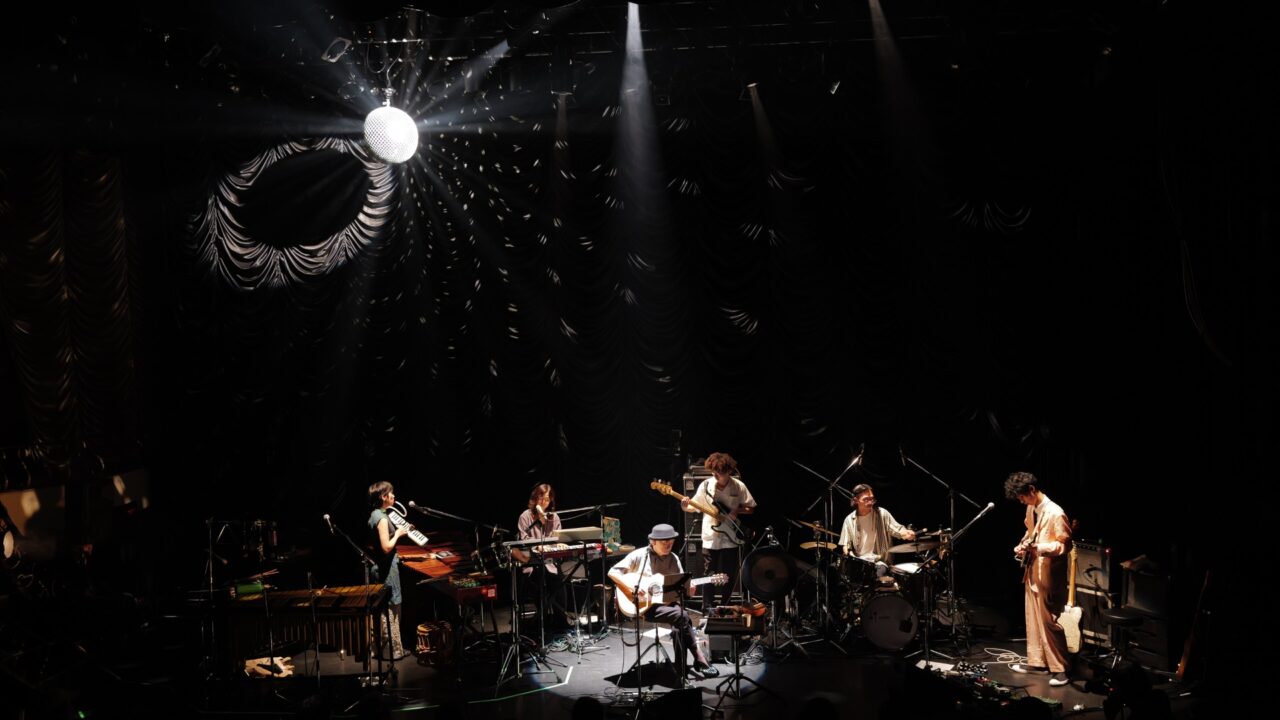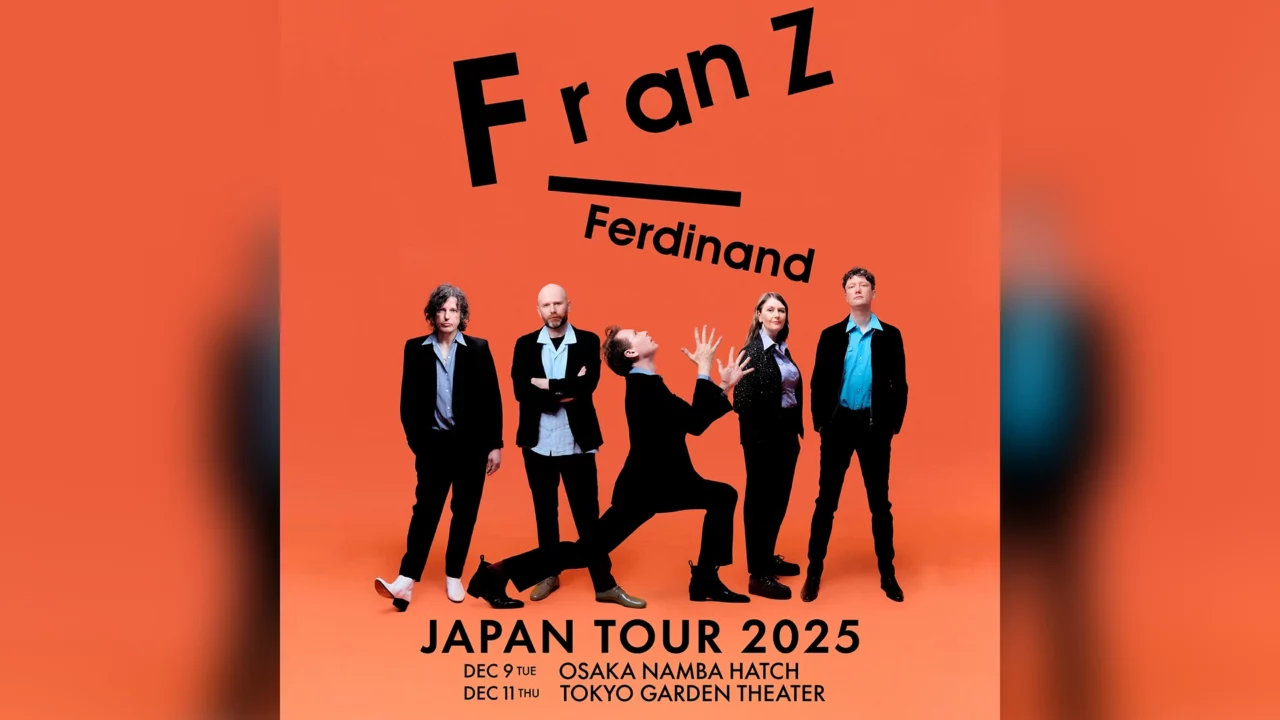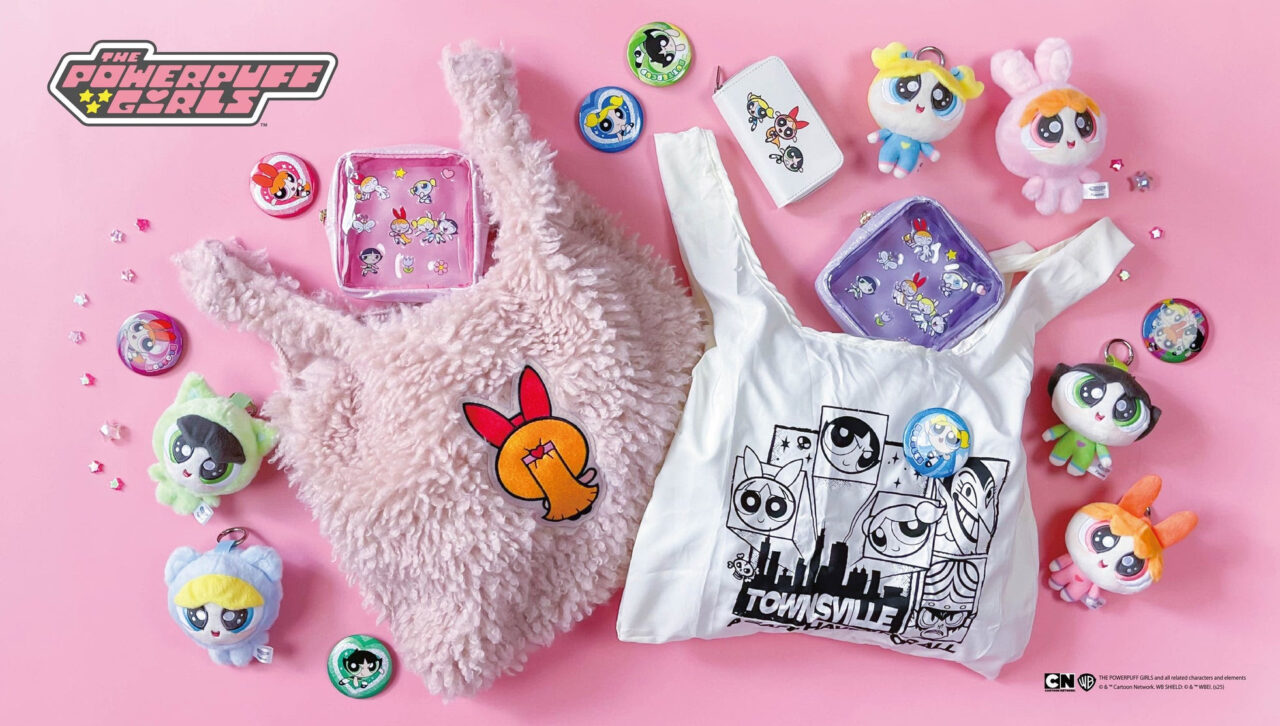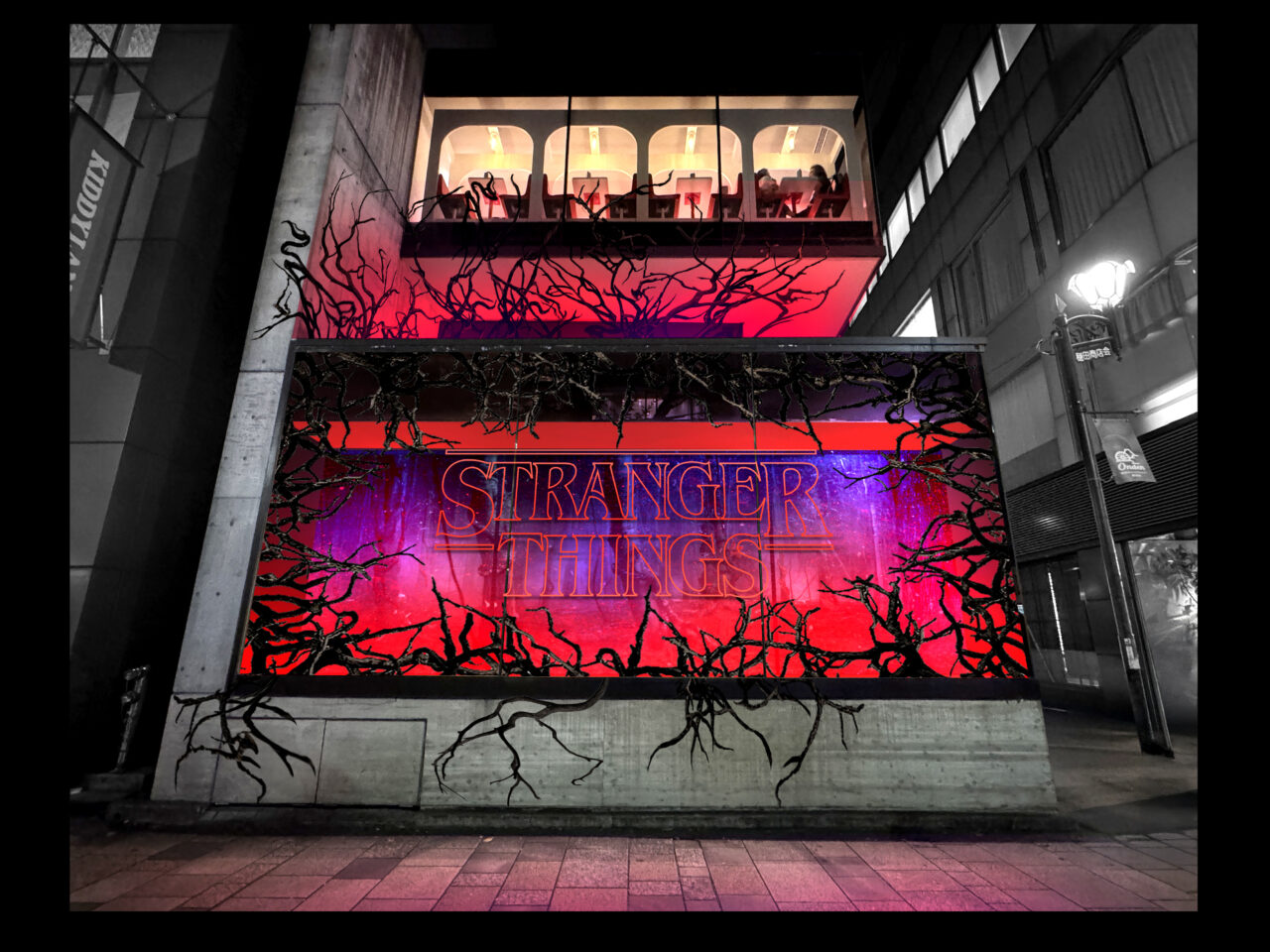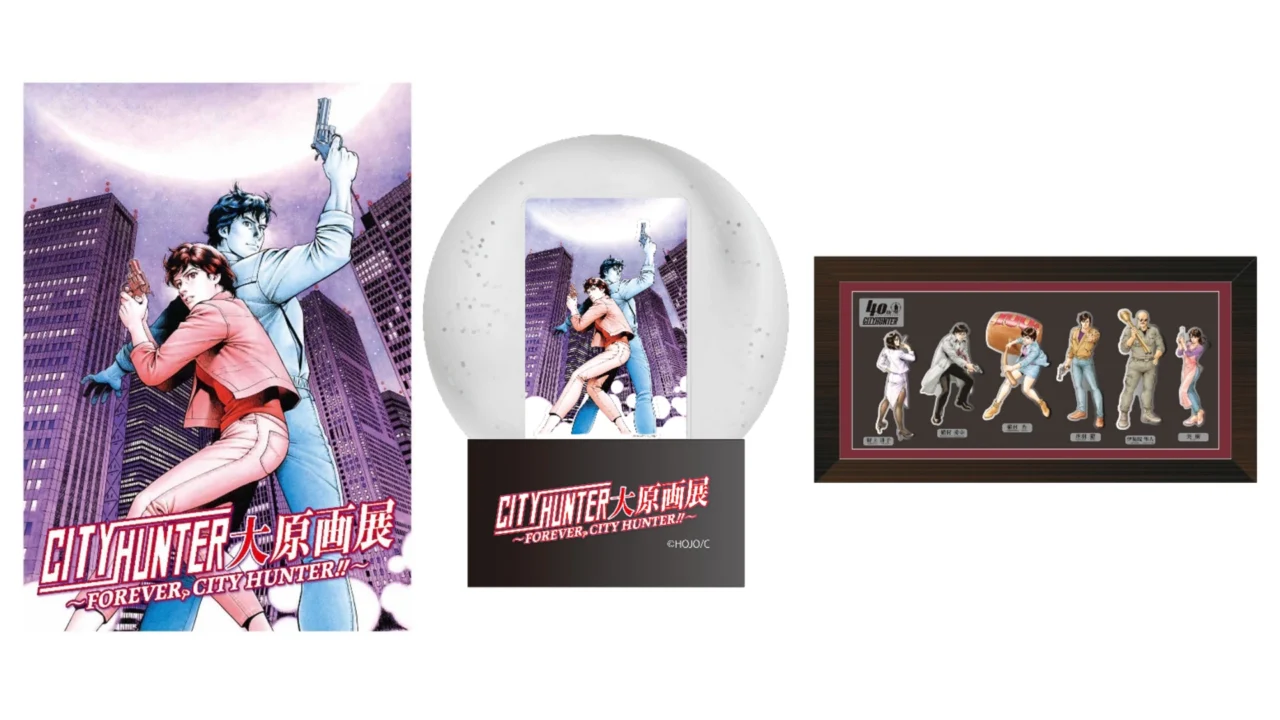INDEX
Experience the Album A Journey Through an RPG-Like World
Listening to the album, the cover art, reminiscent of an RPG or retro game, gave me the sense of being immersed in a rich, unfolding story. It even reminded me of Kazuo Ishiguro’s The Buried Giant.
ehara: I wanted the album to feel like a single narrative, or even like an RPG game. There’s something special about RPGs — you can fully dive into a world on your own. I designed the album so that, listening from the first track to the last, you can experience it as a continuous story.
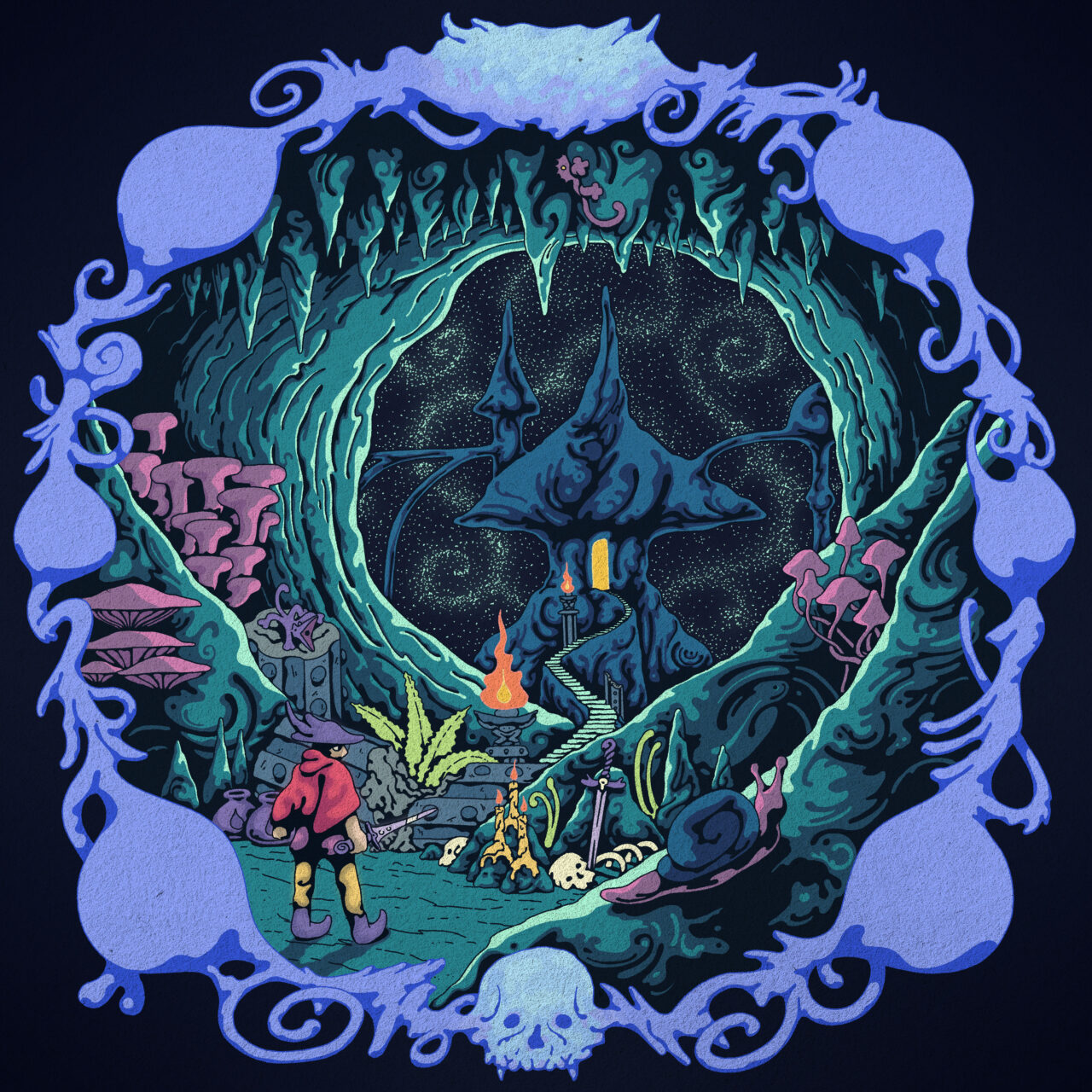
ehara:It’s not that I had decided from the very beginning to structure the album this way; the direction only became clear partway through the process. I had always planned to include “Game Over,” “Picture,” and “Mada Hayai Kudamono” on the album, but when I was figuring out the rest of the tracklist, I realized that “Mada Hayai Kudamono” clearly reflected my own growth and changes. That song became the anchor for the album, giving the project a clear direction and purpose as I worked on it.
ehara: And once “Opening Theme” was finished, the album’s purpose became even clearer. I felt that if the album was to be treated as a single story, like an RPG, a movie, or a novel, it needed an introduction. The song captures the feeling of stepping forward through darkness, where trials and struggles lie ahead, with a sense of “there’s no choice but to keep going,” while also conveying the excitement of a beginning. It incorporates lessons I’ve learned and my current state of mind over the past few years, but above all, I wanted it to be a track that draws listeners into the story from the very first song.
this ties into what you were just saying, but would you say that “games” are one of the major motifs of this album?
ehara:As I mentioned earlier, I wanted to capture the feel of an RPG, so while making the album, I found myself recalling various games. I really love game music. Since it has to play while you’re actively playing, it’s basically structured to loop continuously. I think my fondness for game music naturally makes me lean toward loops in my own songs. Even in daily life, I often have gameplay videos or game soundtracks playing while I work.
When I write songs, I usually imagine them as if they’re music videos. For example, when I worked on “Kyodai na Mono ga Kuru,” I pictured visuals that are mystical, terrifying, and melancholic, similar to Shadow of the Colossus. I even watched cinematic 4K gameplay videos to think about what kinds of sounds would fit into the track.
“Huge things coming” is one of the most striking tracks on the album.
ehara: The basic version of the song was actually created quite a while ago, and I even performed it a few times in live shows after releasing Sway. But it never felt quite right, so I kept it on hold. Once the album’s direction became clear, I revisited it and ended up changing everything except the title and the opening verse to complete the track.
ehara: I wanted this song to serve as the climax of the album, but the ending of All About McGuffin isn’t meant to present a definitive conclusion. I wanted to leave space for listeners to relate in their own way —to feel, “Yeah, something like this can happen.” The song conveys a sense of something overwhelming and almost oppressive arriving, swallowing you up. Whether that “something” is a real object or an event isn’t clear. It’s neither a happy ending nor a bad ending, and I thought I could capture that ambiguous mood by incorporating the unique atmosphere of the game Shadow of the Colossus into the music.



